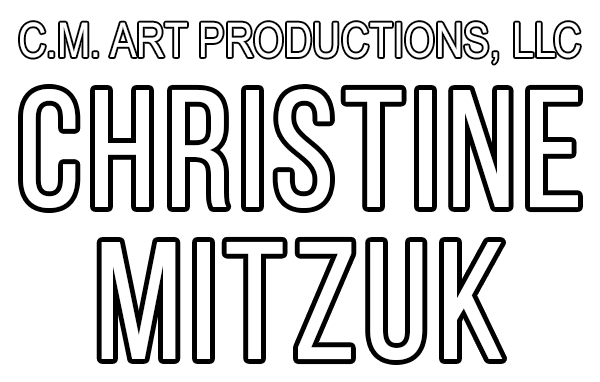I don’t know about you but when visiting art museums, after about the first few hours I start to get overwhelmed. There’s just so much to take in: value control, composition, color, gesture, how the artist painted (a colored ground, direct, indirect, an underpainting), the list goes on.
I recently took a trip specifically to spend a day at the Museum of Fine Arts, Boston (took a bit of time in the Isabella Stewart Gardner Museum too). One of my former instructors, Dale Redpath, had a great suggestion. She said, “go with a question.” Focus on one or two aspects of picture making that you want to work on. Look for answers in the paintings. So I did and I think I came away with quite a lot. I focused on value handling: How dark are the darks/shadows? How light are the lights? How different are they from each other? To do this I compared the darks to the dark cavity of my mostly closed fist and the lights to my very white pencil. I think this helped drive home the point for me that paint is limited. I can’t copy exactly what I see but I can set up the value relationships within the painting to have similar relationships to what I see in nature. Plus, what I think is a “dark” is quite often more a middle value.
One painting I spent much time in front of was Calm Morning by Frank Weston Benson. The lights are quite light but they’re a few steps darker than straight white. The values really help create the sense of a bright sunshine filled day. Also, I think the intensity of the yellow of the lights on the boat, combined with their relationship to the cooler, darker surrounding values is adding to that feeling of SUN. Frank Benson is one of my favorite artists so I was having a grand time.
When I exhausted a question I moved on to another. What a great day.
